Today, we will show you how to get the Surfshark VPN free trial and use it.
If you’ve done your research on VPNs, then you probably know that Surfshark is one of the best virtual private networks out there. That’s why so many people want to get the Surfshark free trial to see if it’s right for them.
After all, not everyone can pay for a VPN subscription. Some people just want to test the service first before handing over their credit card details and spending money on something they might not even like.
Fortunately, obtaining a free trial with Surfshark is relatively simple, as they offer one directly on their website. Keep reading this article if you want to learn more about how you can get the Surfshark VPN free trial.
Table of Contents
How To Get Surfshark VPN Free Trial: Hack
Surfshark is a popular VPN service that offers a range of features, including unlimited data, strong encryption, and a vast network of servers. Surfshark also offers a 7-day free trial, allowing you to try it out before making a purchase.
To get the Surfshark VPN free trial, follow these steps:
Download the Surfshark app: Go to the App Store or Google Play Store and search for “Surfshark VPN.” Download and install the app.
Launch the app: Open the Surfshark app and tap the “Start free trial” button.
Create an account: Enter your email address and create a password. You can also choose to sign up using your Google or Apple account.
Select a plan: Choose the plan you’d like to try. The free trial applies to all Surfshark plans.
Enter payment information: Although the free trial is free, you will still need to enter your payment information. Surfshark will not charge you unless you cancel the trial before it ends.
Start your free trial: Once you have completed all the steps, your free trial will begin. You can now use all of Surfshark’s features for 7 days.
Note: The free trial lasts 7 days, after which you must purchase a subscription to continue using the VPN service.
READ ALSO: Full Surfshark VPN Review
Surfshark VPN Free Trial Overview
Many VPN services offer a free trial period. A free trial period allows you to sample the service before paying for a subscription.
You can also use a free trial period to test a VPN service without committing to a long-term subscription.
There is no such thing as a free VPN service. Although some VPNs offer a free trial, they will eventually require payment for their services at the end of the trial period.
A free trial period is a risk-free way of trying out a VPN service without any commitment. We recommend you use the Surfshark VPN Free Trial. This will help you test the performance of the VPN service before actually buying it.
Note that:
- You can only create one free trial account per email address.
- If you cancel your free trial before it ends, you will not incur any charges.
- If you do not cancel your free trial before it ends, you will be automatically charged for the subscription plan that you selected.
==>> Get Surfshark VPN Free Trial
Does Surfshark Have a Free Trial?
Yes, Surfshark does offer two options to try their service for free:
1. 7-Day Free Trial: This trial is available on Android, iOS, and macOS devices. You can download the Surfshark app from the respective app stores and sign up for the trial. It grants you full access to all of Surfshark’s features for 7 days. However, please note that you’ll need to provide your payment information when signing up, and you’ll be automatically charged for a subscription if you don’t cancel before the trial ends.
2. 30-Day Money-Back Guarantee: This guarantee applies to all subscriptions purchased directly from Surfshark’s website, regardless of the platform. If you’re not satisfied with the service within the first 30 days, you can contact their customer support and request a full refund.
What Can You Do With The Surfshark VPN Free Trial?
With the Surfshark VPN free trial, you can do everything that you can do with a paid subscription, including:
- Connect to servers in over 60 countries: Surfshark boasts a vast network of servers worldwide. This means that you can connect to a server in your country or abroad.
- Encrypt your internet traffic: Surfshark uses strong encryption to protect your internet traffic from prying eyes. This means that your ISP, government, and hackers cannot see what you are doing online.
- Access blocked websites: Surfshark can help you access websites that are blocked in your country. This includes streaming services, social media sites, and news websites.
- Protect your privacy: Surfshark can help you safeguard your online privacy. This includes preventing your ISP from tracking your online activity and preventing websites from collecting your data.
==>> Get Surfshark VPN Free Trial
How To Use The Surfshark VPN Money-back Guarantee
Surfshark offers a 30-day money-back guarantee, allowing you to try their VPN service risk-free for 30 days and receive a full refund if you’re not satisfied.
Here’s how to use the Surfshark money-back guarantee:
Contact Surfshark Customer Support: You can reach Surfshark Customer Support through live chat, email, or phone.
Request a refund: Let the customer support representative know that you would like to request a refund under the 30-day money-back guarantee.
Please provide your Surfshark account details, including your email address and order number.
Answer any questions: The customer support representative may ask you a few questions about your experience with Surfshark.
Receive your refund: Once your request has been processed, you will receive your refund within 5-7 business days.
How To Cancel Your Surfshark VPN Free Trial
If you do not want to continue using Surfshark after your free trial ends, you can cancel it at any time. To cancel your free trial, follow these steps:
- Go to the Surfshark website: Open a web browser and go to the Surfshark official website.
- Sign in to your account: Enter your email address and password.
- Click on “My account”: Click on the “My account” link in the top right corner of the page.
- Click on “Subscriptions”: Click on the “Subscriptions” tab.
- Click on “Cancel”: Click on the “Cancel” button next to your subscription.
Benefits Of Surfshark VPN
Here are some of the benefits of Surfshark VPN:
User-friendly interface
Surfshark features a user-friendly interface that makes it accessible to both beginners and experienced users. You can also use it on multiple devices simultaneously.
Strong encryption
Surfshark uses the strongest encryption available in the industry. It’s even stronger than government-grade encryption. The encryption protocol used by this VPN service is AES-256, which is considered unbreakable.
No logging policy
Unlike many other VPN providers, Surfshark has a strict no-logging policy. This means that it does not keep any record of your browsing history or online activity. Therefore, even if a government agency requests your data, Surfshark won’t have anything to give.
Good server coverage
This VPN service has servers in over 100 countries. Therefore, you can unblock geo-restricted content from anywhere in the world.
READ ALSO: How To Install Surfshark VPN On Your Devices
Unlimited data and bandwidth
Surfshark doesn’t cap your data usage or bandwidth, so you can stream, download, and browse without worrying about exceeding limits.
Fast speeds
Surfshark consistently ranks among the fastest VPNs on the market, ensuring that your online activities remain smooth and uninterrupted.
Bypass geo-restrictions
Surfshark can unblock geo-restricted content from around the world, allowing you to access websites, streaming services, and other online resources that may be unavailable in your region.
Protect your privacy
Surfshark encrypts your internet traffic and hides your IP address, making it difficult for hackers, ISPs, and governments to track your online activity.
Secure public Wi-Fi
Connect to public Wi-Fi networks with confidence, knowing that Surfshark’s encryption protects your data.
Multi-device support
Use Surfshark on an unlimited number of devices simultaneously, including smartphones, tablets, computers, and smart TVs.
24/7 customer support
Surfshark offers 24/7 customer support via live chat, email, and phone to assist you with any questions or concerns.
30-day money-back guarantee
Surfshark offers a risk-free 30-day money-back guarantee, allowing you to try the service without any commitment.
Surfshark VPN Subscription Plans
If you choose to continue using Surfshark after your free trial, you have several subscription plans to choose from.
Here are the Surfshark VPN (Surfshark Starter) subscription plans:
- 1-month plan – $15.45 per month
- 12-month plan (+3 free months) – $41.85 per year ($2.79 per month)
- 24-month plan (+3 free months) – $45.63 every 2 years ($1.69 per month)
As you can see, Surfshark subscription plans are very affordable. It won’t cost too much to keep up with it. The highest plan is charged at $1.99 per month, which is about 86% OFF the normal price.
==>> Get Surfshark VPN Free Trial
Surfshark Free Trial vs 30-day Money-back Guarantee
Surfshark offers two ways to try out their service before you commit to a paid subscription: a 7-day free trial and a 30-day money-back guarantee.
The free trial is available on iOS and Android devices. It gives you access to all of Surfshark’s features for 7 days. You can cancel the trial at any time without being charged.
What Are The Pros And Cons Of Surfshark VPN?
Pros
- Fast speeds
- Strong encryption
- Unlimited data and bandwidth
- A large network of servers
- A 30-day money-back guarantee
Cons
- No free plan
- Some advanced features are only available on the most expensive plan
Overall, Surfshark is a great VPN provider with a generous free trial. If you’re looking for a VPN to protect your privacy and online security, I recommend giving Surfshark a try.
Is Surfshark VPN Free?
No, Surfshark is not a free VPN service. However, you can get a 7-day Surfshark VPN free trial, which allows users to test out the features and benefits of the VPN before committing to a paid subscription.
In order to use Surfshark VPN, you will need to sign up for a paid subscription by clicking on this link. Surfshark offers a variety of subscription plans, so you can choose the one that best fits your needs.
With a paid subscription, you’ll get access to all of Surfshark’s features, including unlimited data usage, military-grade encryption, and 24/7 customer support.
READ ALSO: Surfshark One vs Surfshark VPN Comparison
Is Surfshark VPN Worth It?
Yes, Surfshark VPN is definitely worth considering, especially when you take advantage of their free trial.
This no-obligation trial allows you to test out Surfshark’s features and see if it’s the right fit for your needs. If you’re satisfied with the service, you can opt for a paid subscription.
Here are some of the compelling reasons why Surfshark VPN is a worthwhile investment:
Comprehensive Ad and Malware Blocking: Surfshark shields you from annoying ads, malicious software, intrusive trackers, and phishing attempts, ensuring a clean and safe browsing experience.
Global Server Network and IP Masking: With a vast network of VPN servers worldwide, Surfshark empowers you to mask your IP address and browse the internet as if you were located in a different country.
Strict Data Protection and Leak Protection: Surfshark adheres to a strict no-logs policy, ensuring your privacy is safeguarded. It also provides DNS and leak protection to prevent your real IP address from being exposed.
Whitelisting and Kill Switch: Surfshark’s whitelist feature enables you to specify websites and applications that should be exempt from the VPN. Additionally, the Kill Switch feature ensures that your browsing activities are immediately terminated if the VPN connection drops, preventing any accidental exposure of your real IP address.
Robust Encryption and Camouflage Mode: Surfshark utilizes robust AES-256-GCM encryption, along with IKEv2/IPsec and OpenVPN protocols, to safeguard your data. Camouflage Mode further enhances your privacy by concealing your VPN usage from even your ISP.
Unlimited Devices and Multi-Platform Compatibility: Surfshark allows you to connect an unlimited number of devices with a single subscription. It also offers user-friendly applications for various devices, including Android, iOS, Windows, macOS, Linux, Firestick, and browser extensions for Chrome and Firefox.
With its impressive array of features, commitment to privacy, and affordable pricing, Surfshark VPN stands out as a compelling choice for anyone seeking a secure and versatile VPN solution.
==>> Get Surfshark VPN Free Trial
How To Get Surfshark VPN Free Trial: FAQs
How do I start the Surfshark VPN free trial?
To start your 7-day free trial of Surfshark VPN, simply follow these steps:
- Visit the Surfshark VPN website and click on the “Start Free Trial” button.
- Enter your email address and create a password.
- Choose your payment method (Surfshark accepts credit cards, PayPal, and cryptocurrencies).
- Once you’ve completed these steps, your free trial will begin immediately.
Do I need to enter my credit card information to start the free trial?
Yes, you will need to enter your credit card information to start the free trial. However, you will not be charged until the free trial ends.
Can I use Surfshark’s free trial with my Google Play account?
No, you cannot use Surfshark’s free trial with your Google Play account. However, you can purchase a Surfshark subscription through Google Play and take advantage of their 30-day money-back guarantee.
How do I cancel my Surfshark free trial?
To cancel your Surfshark free trial, simply follow these steps:
- Log in to your Surfshark account on the Surfshark website.
- Click on your name in the top right corner of the screen and select “My Account”.
- Click on the “Subscription” tab.
- Click on the “Cancel Subscription” button.
Can I use Surfshark to unblock streaming services like Netflix, BBC iPlayer, and Amazon Prime Video?
Yes, Surfshark can be used to unblock streaming services like Netflix, BBC iPlayer, and Amazon Prime Video. However, it is important to note that streaming services are constantly working to block VPNs, so there is no guarantee that Surfshark will always be able to unblock these services.
What is Surfshark’s refund policy?
Surfshark offers a 30-day money-back guarantee on all paid subscriptions. This means that you can cancel your subscription and get a full refund within 30 days of purchase.
Bottom Line
Surfshark VPN emerges as a top-tier VPN service, offering a comprehensive suite of features, a steadfast commitment to user privacy, and competitive pricing.
Its generous 7-day free trial provides ample opportunity to thoroughly evaluate the service before committing to a paid subscription.
You have nothing to lose with the Surfshark VPN free trial. On the contrary, you can access all their VPN features and likely opt for long-term plans.
With its robust security protocols, extensive server network, and commitment to privacy, Surfshark is an excellent choice for anyone seeking a secure, versatile, and privacy-conscious VPN solution.
Nevertheless, Surfshark VPN is the perfect VPN service for use on multiple devices. Therefore, you may want to consider opting for one of their premium pricing plans.
RELATED POSTS
- Surfshark Antivirus Review 2022 [MUST READ]
- Surfshark One Review: [4-In-1 Tools] Smart Cybersecurity Bundle
- 8 Best VPNs For China And Hong Kong (+5 Reliable Ones)
- Tor+VPN Guide: How to Combine Tor Browser With VPN
- Full Namecheap VPN Review
- 5+ Golden Cybersecurity Tips For Students
- 3 Critical Cybersecurity Questions To Ask Before Buying a Marketing SAAS Product


![How To Get Surfshark VPN Free Trial [Tested & Working Method] How To Get Surfshark VPN Free Trial [Tested & Working Method]](https://secureblitz.com/wp-content/uploads/2021/03/How-To-Get-Surfshark-VPN-Free-Trial-Tested-Working-Method-768x349.jpg)
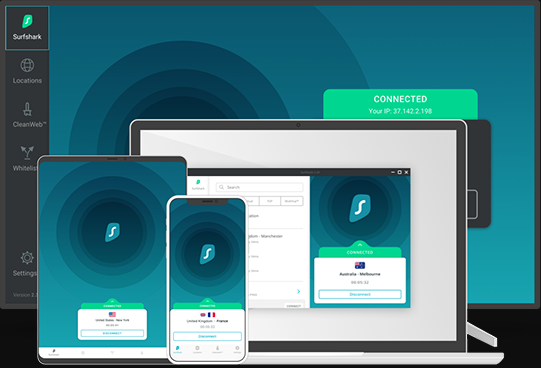
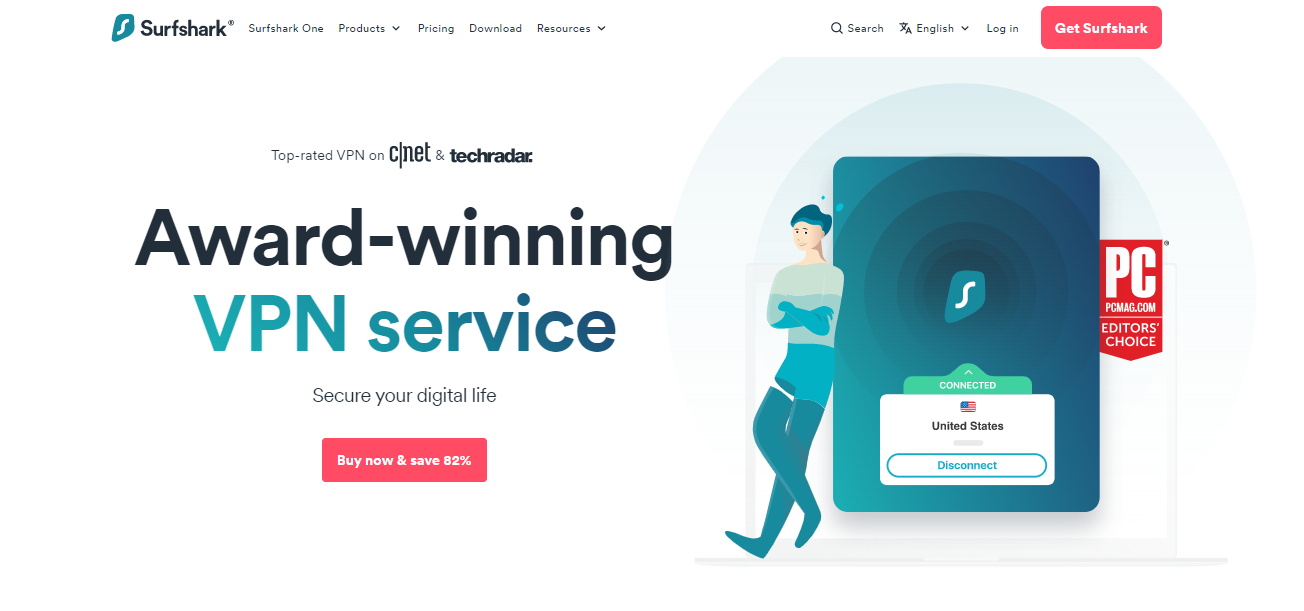
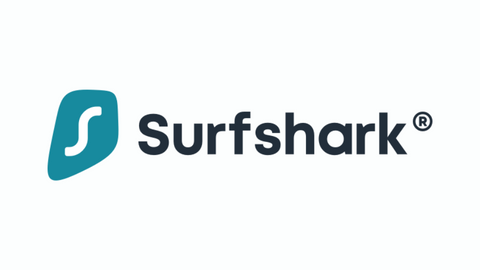
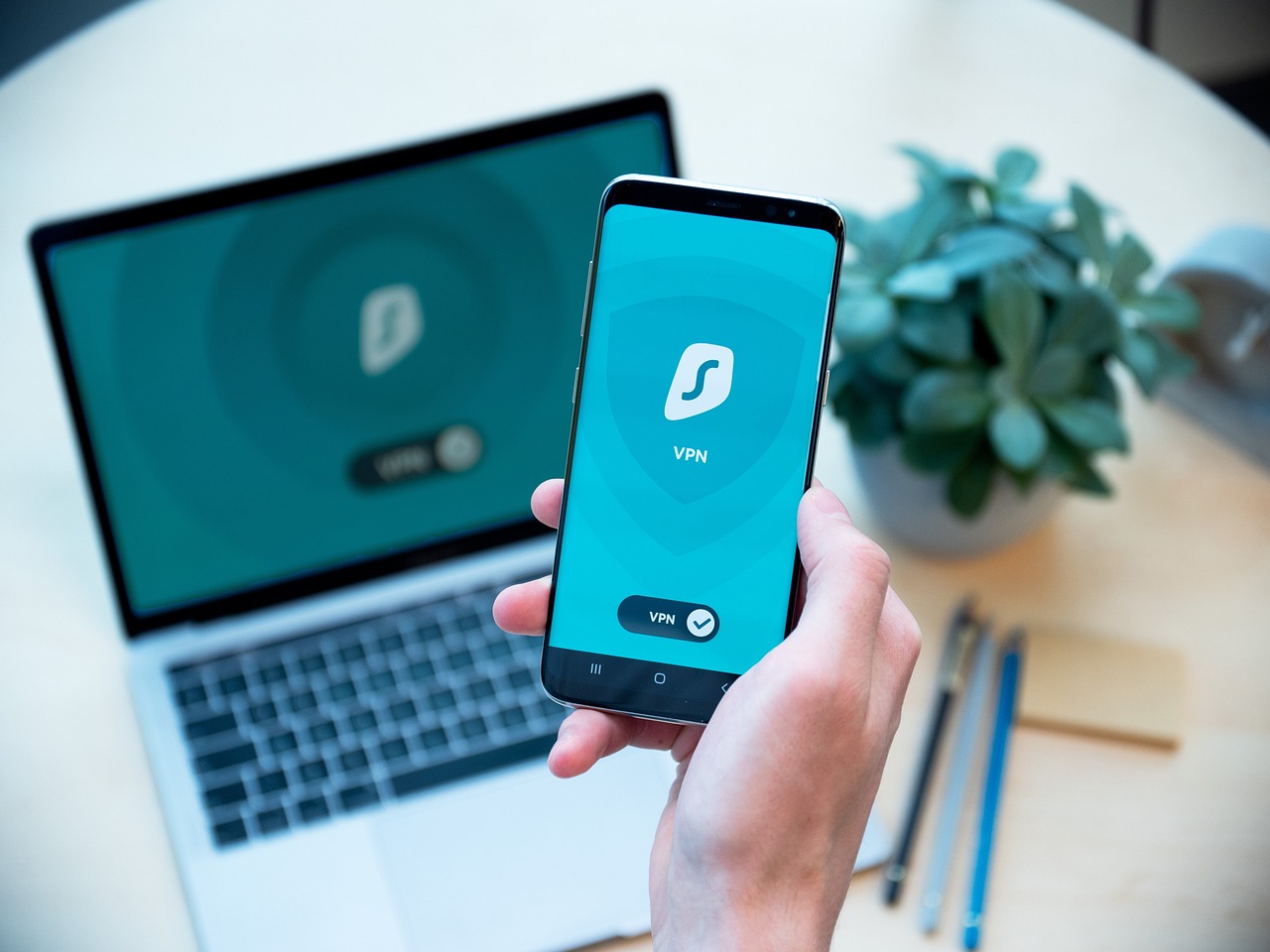
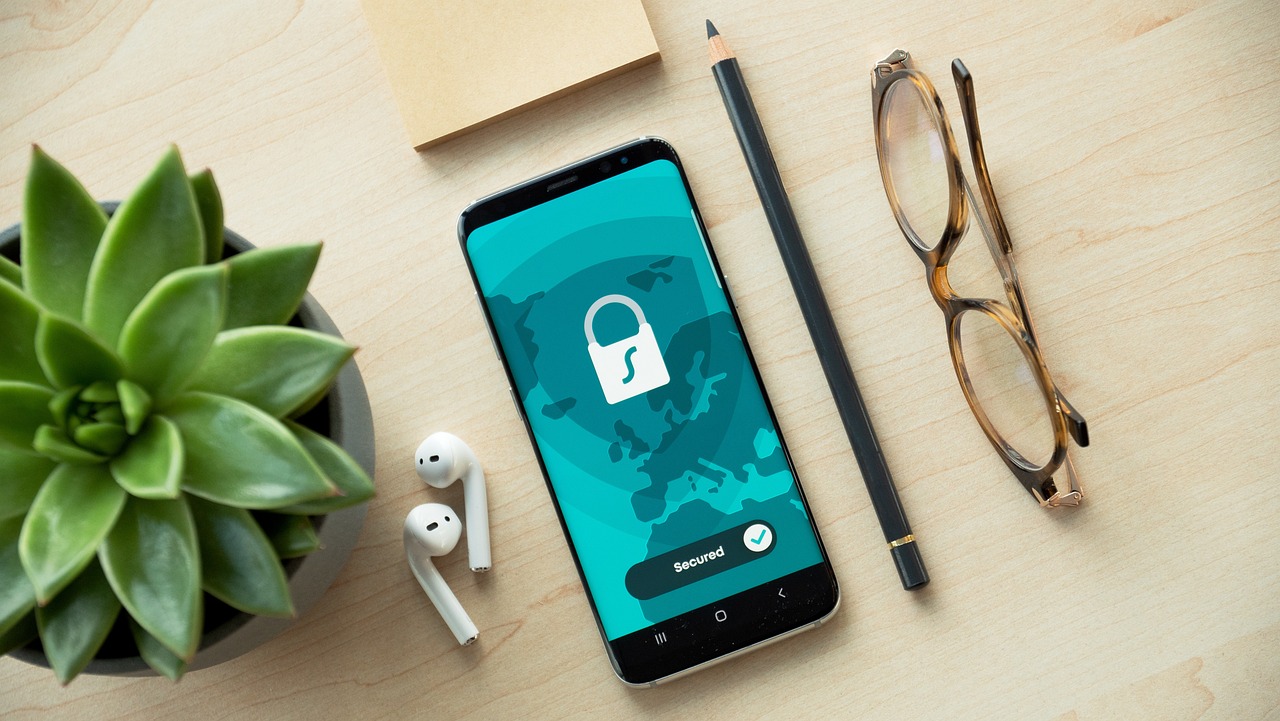
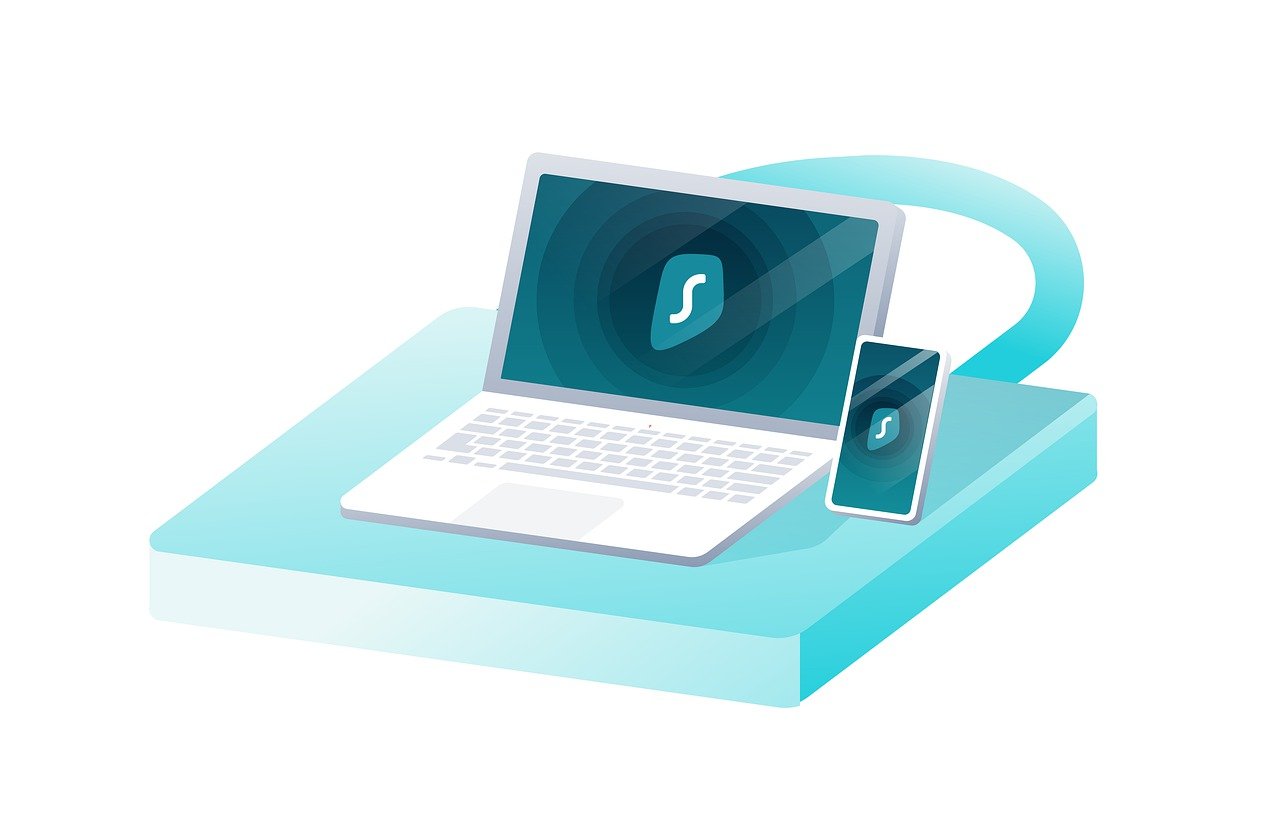
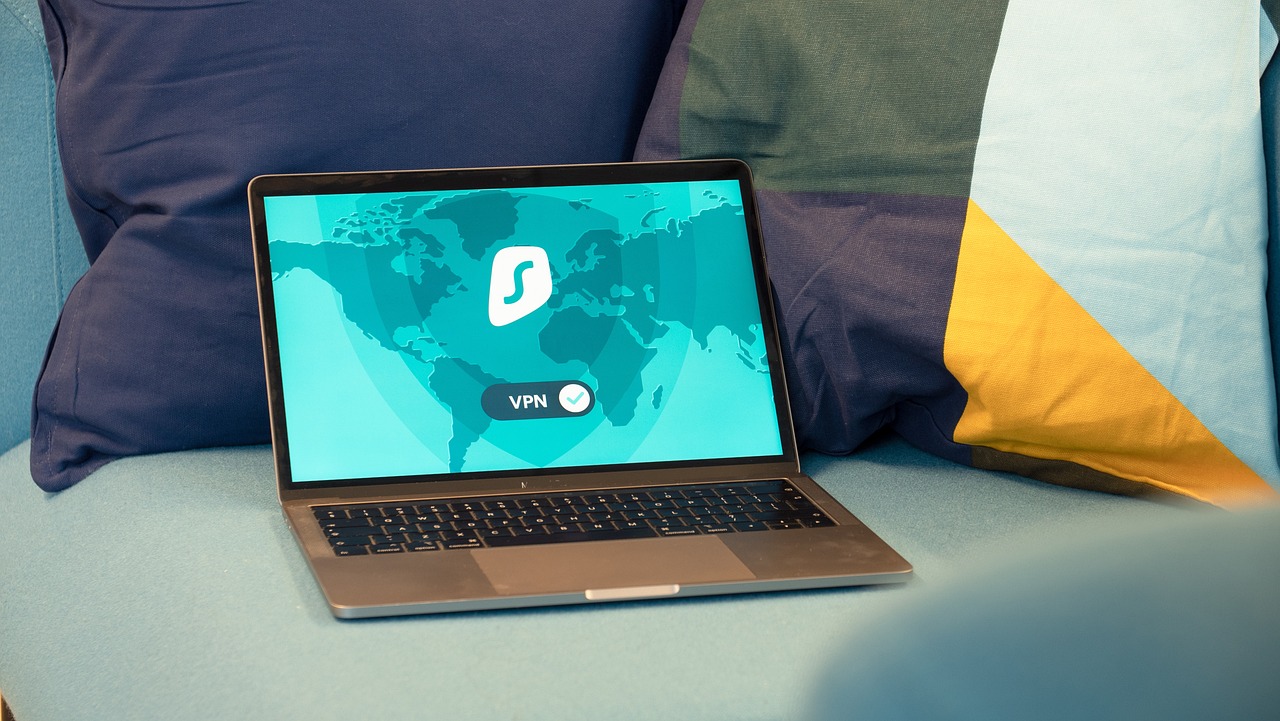
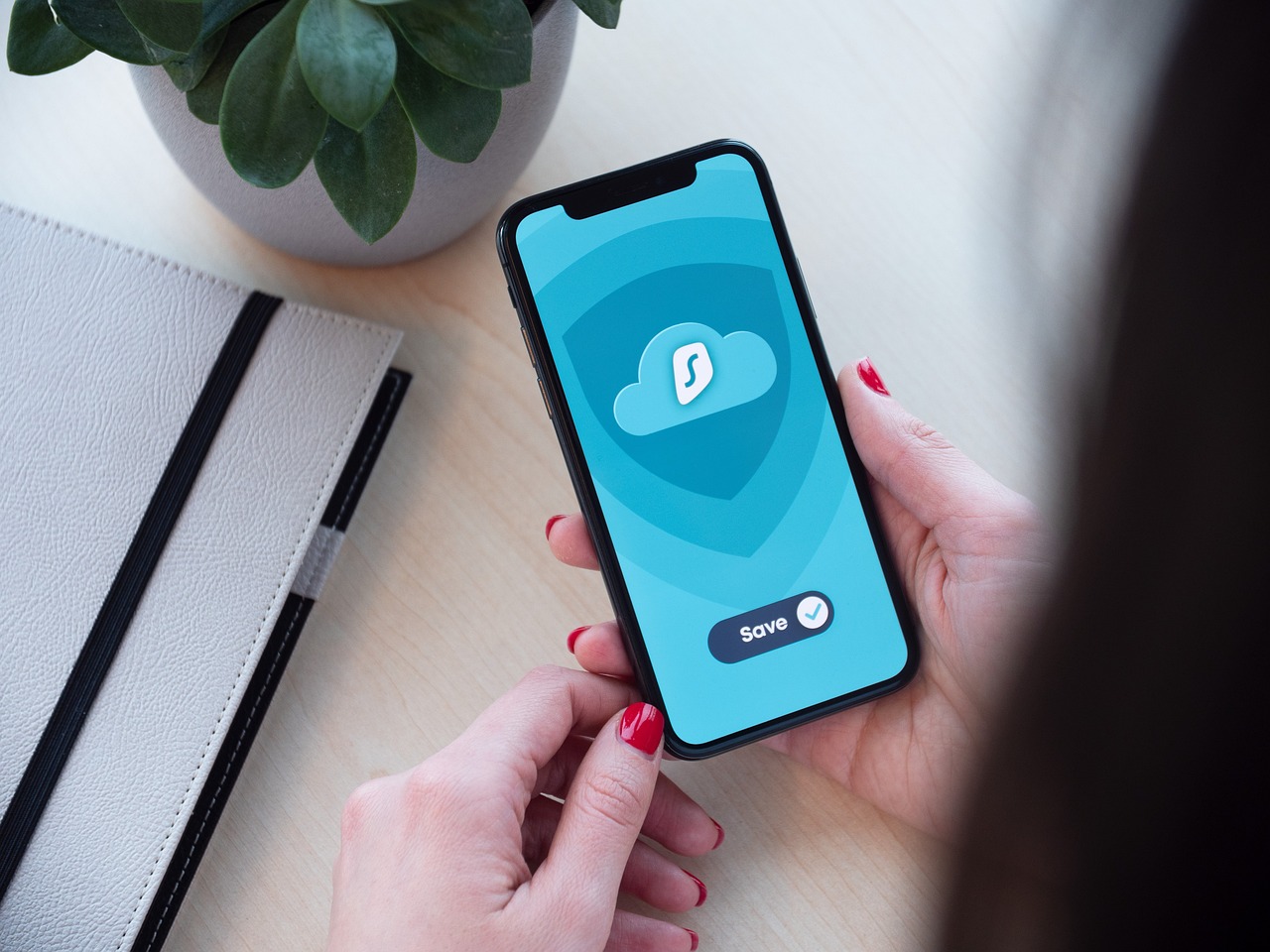
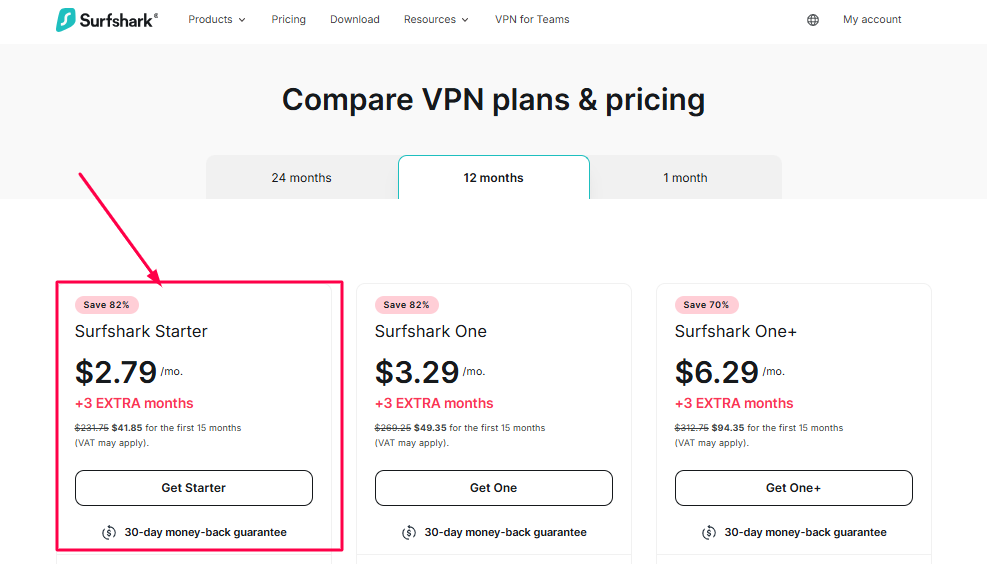
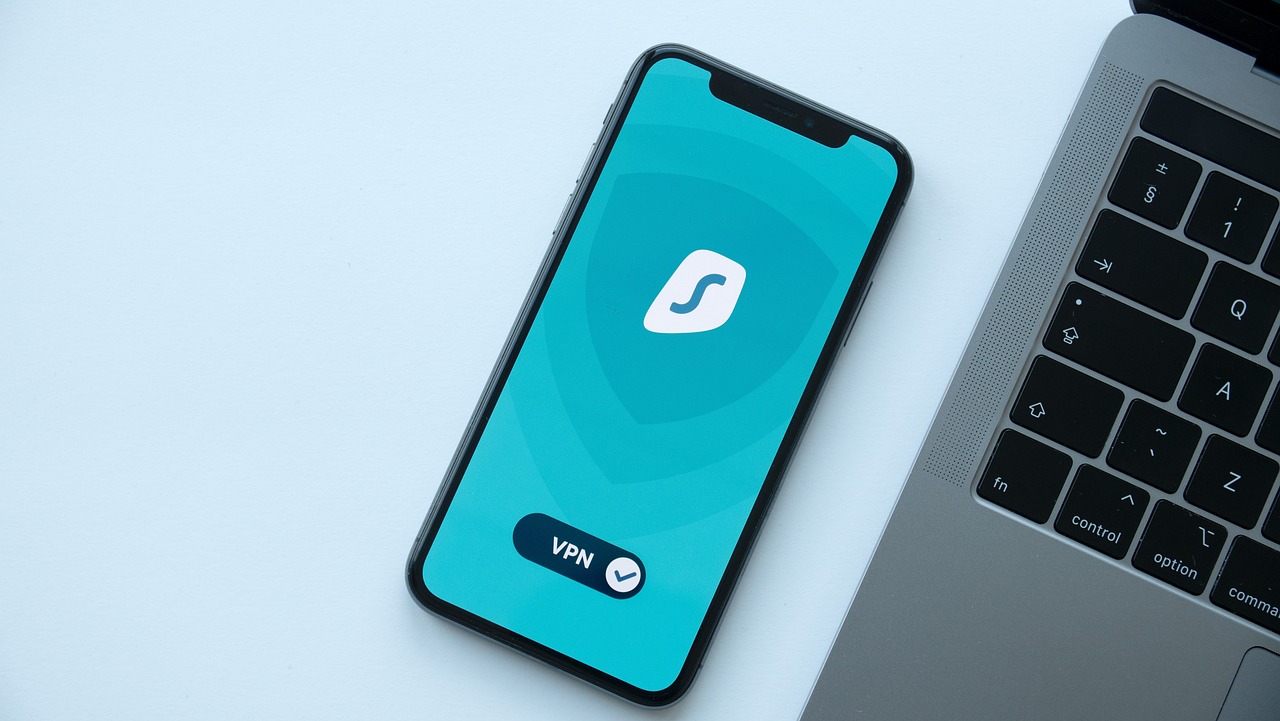
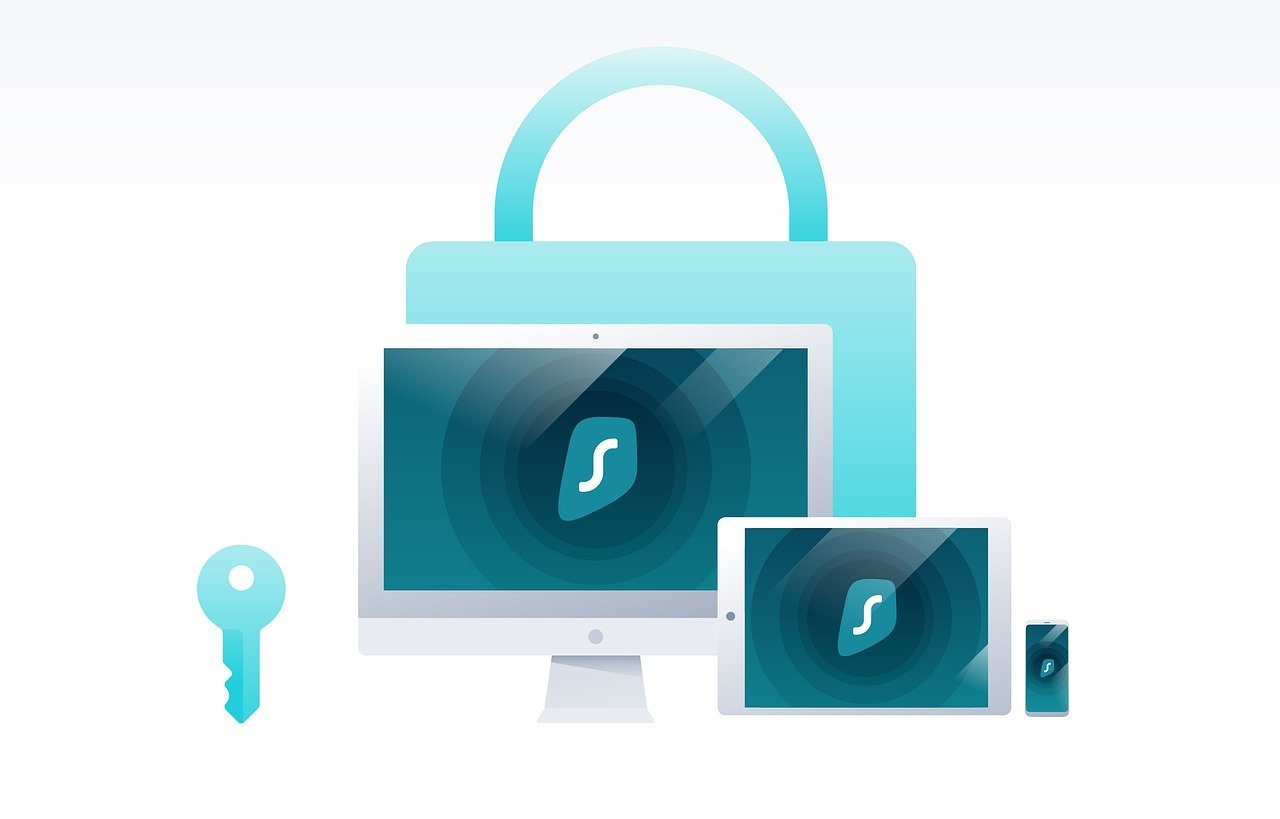
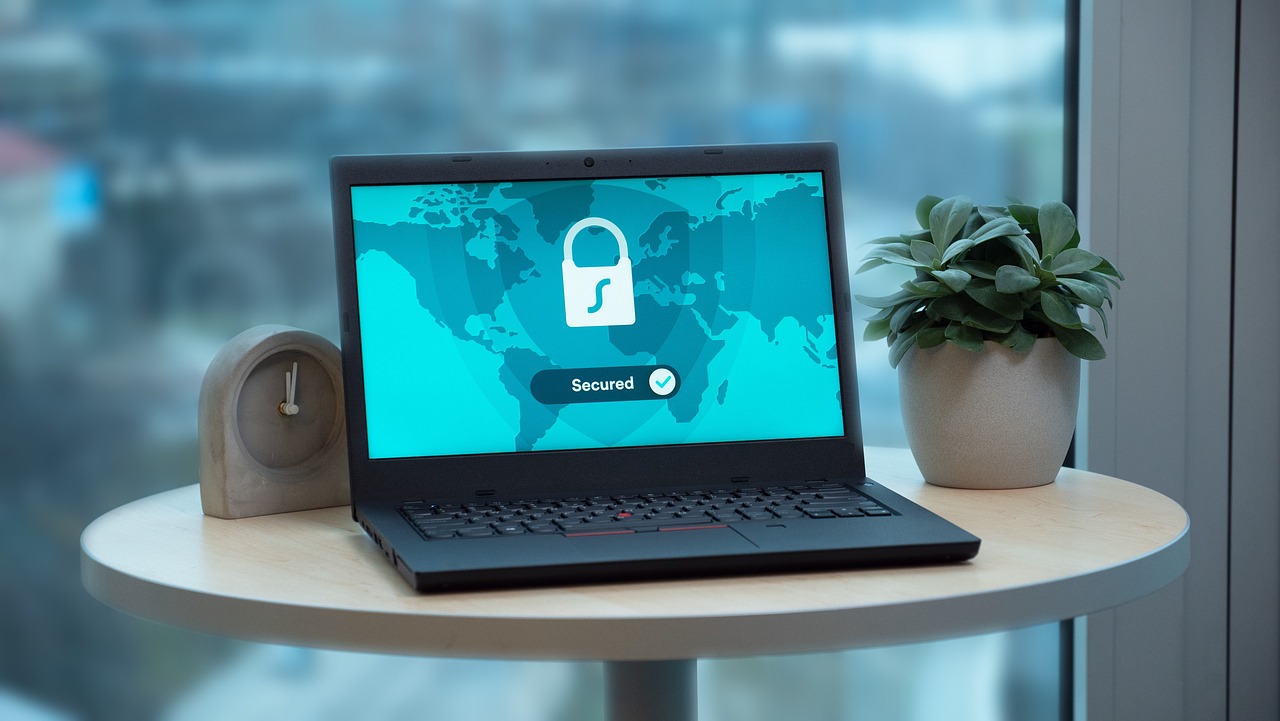
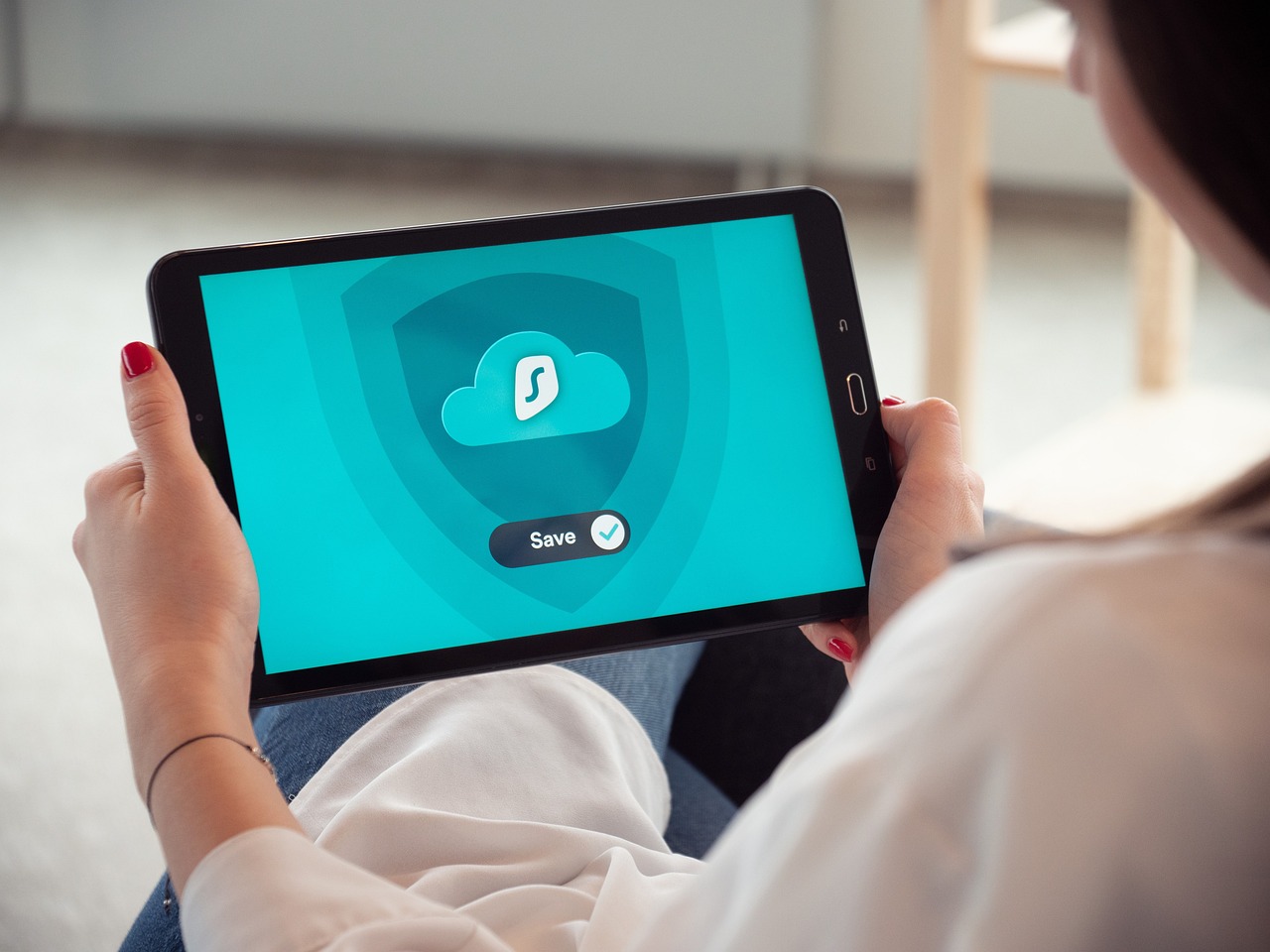
![Is DHgate Legit And Safe? [Here’s The Answer] Is DHgate Legit And Safe? [Here’s The Answer]](https://secureblitz.com/wp-content/uploads/2022/12/Is-DHgate-Legit-And-Safe--768x402.jpg)

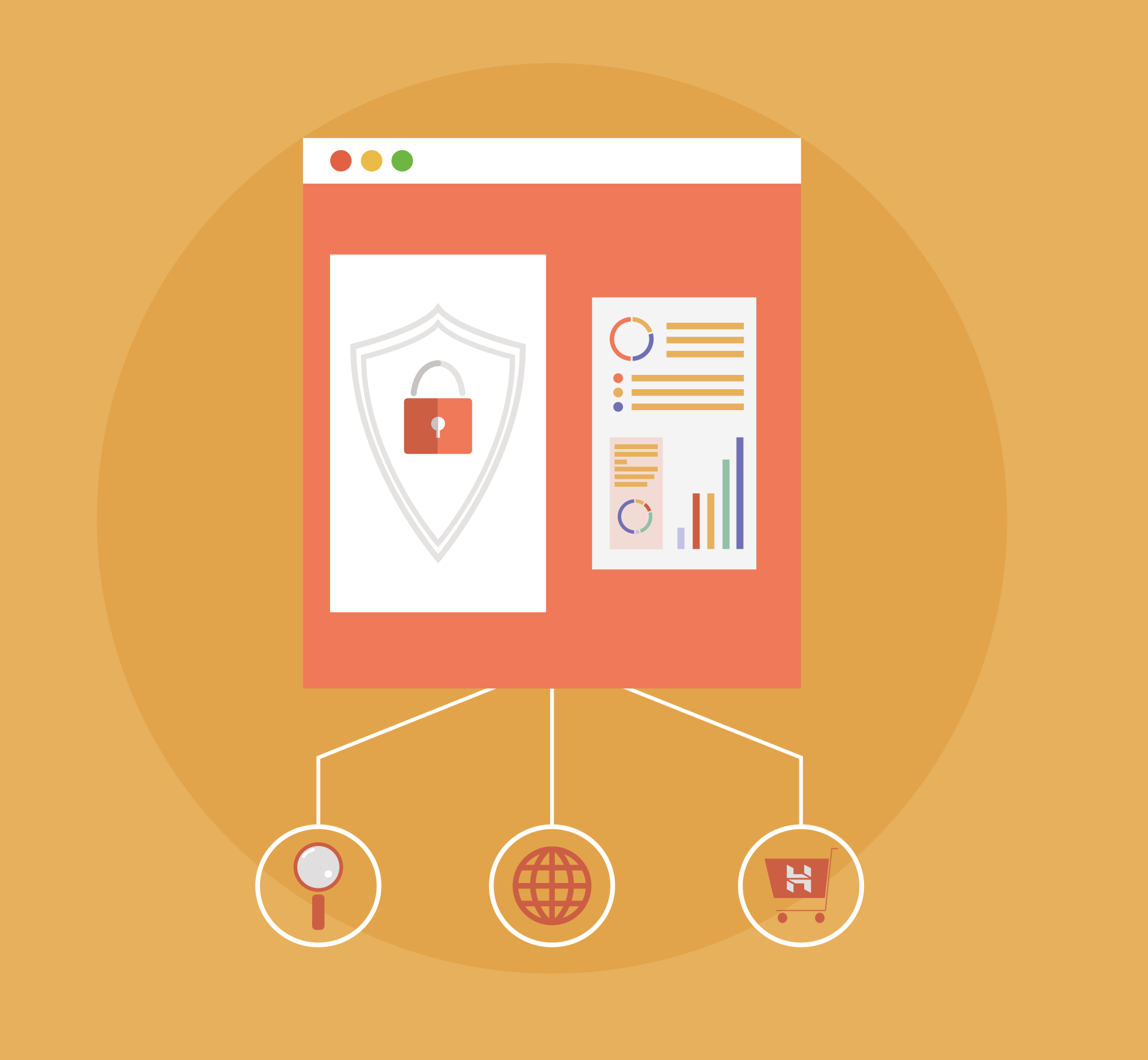



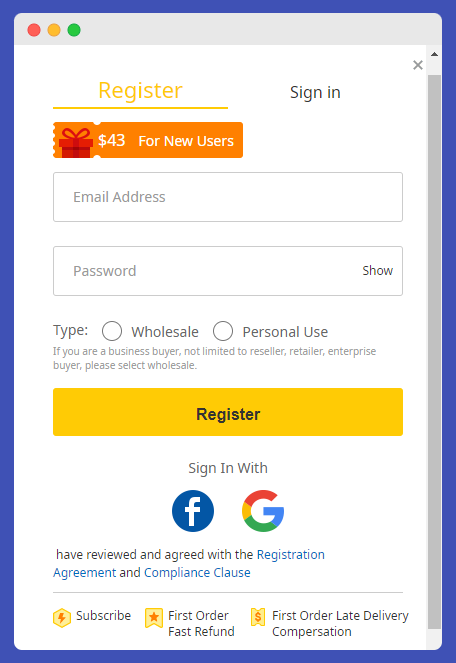






![Is Surfshark Antivirus Free? [Here’s the ANSWER] Is Surfshark Antivirus Free? [Here’s the ANSWER]](https://secureblitz.com/wp-content/uploads/2023/02/Is-Surfshark-Antivirus-Free-768x402.jpg)
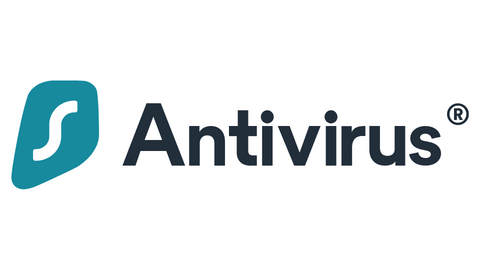
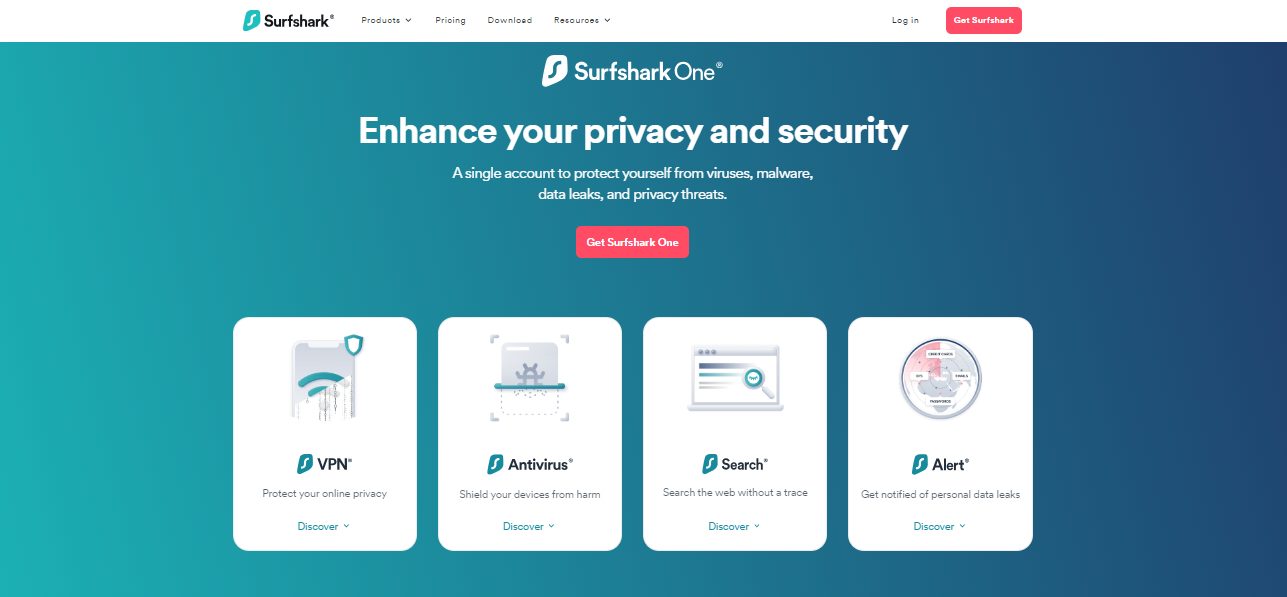



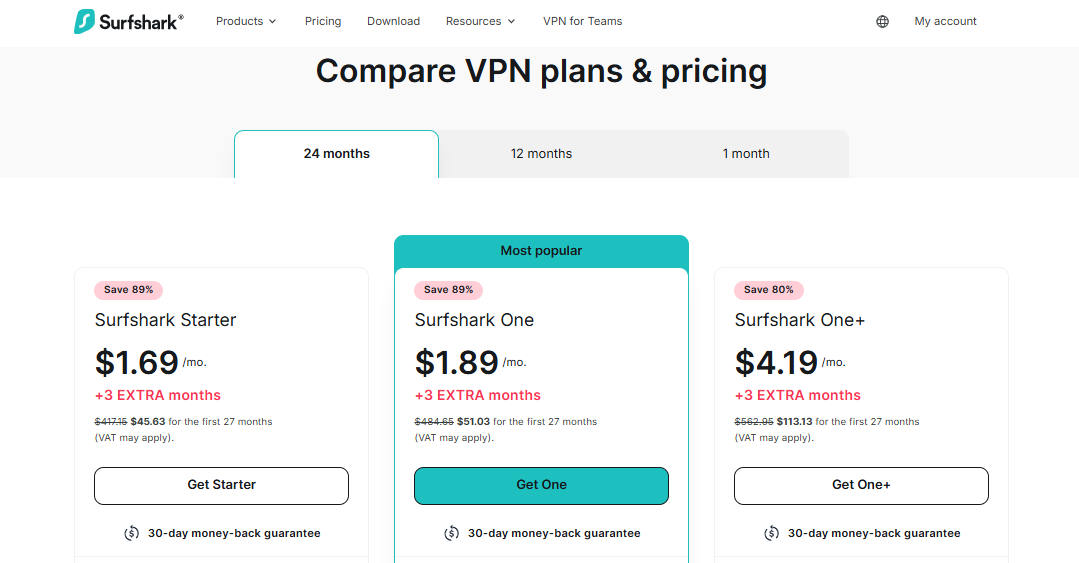

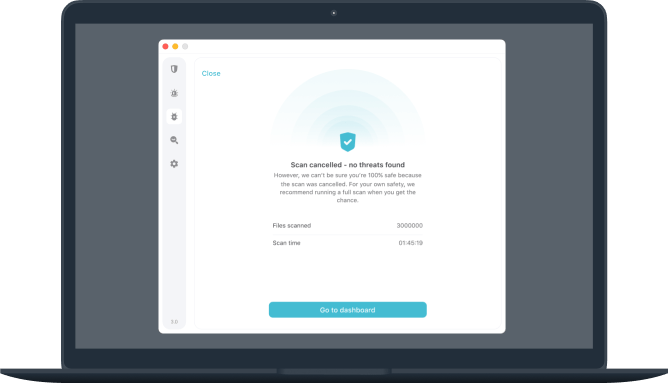

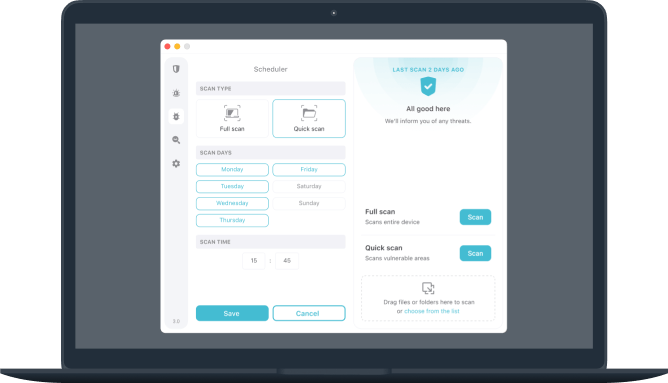
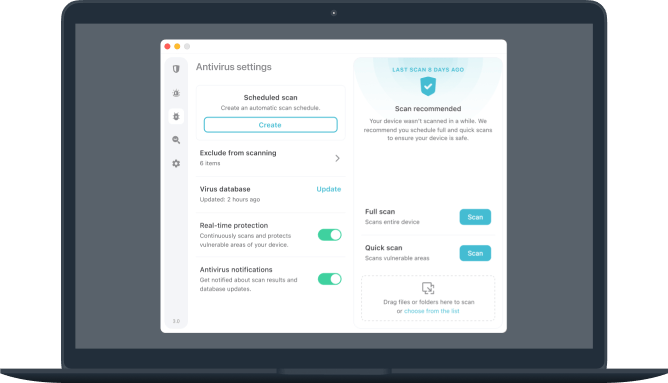
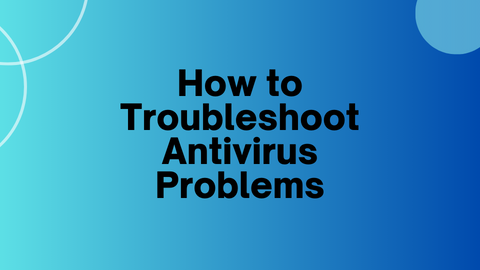






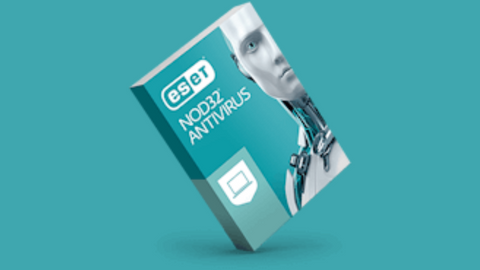
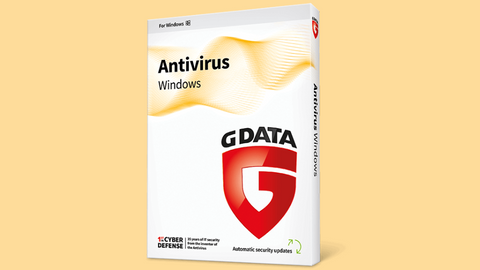

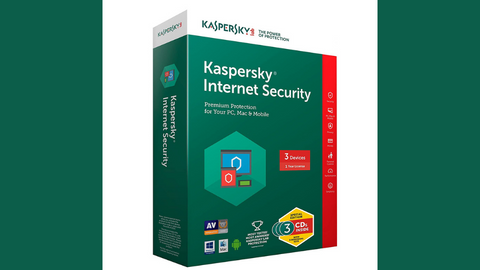
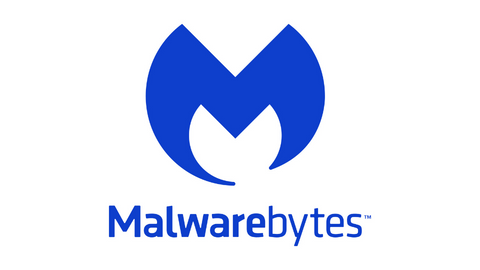


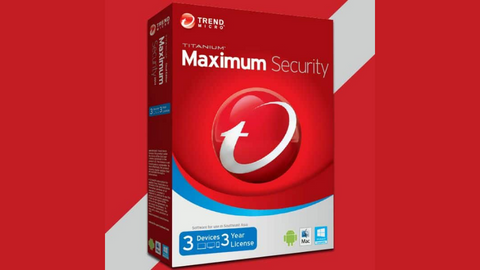

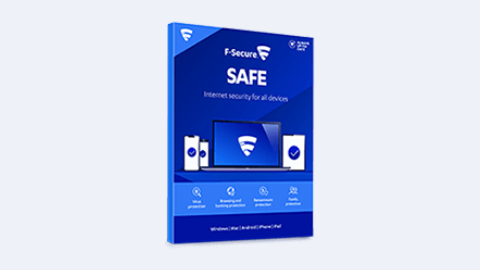
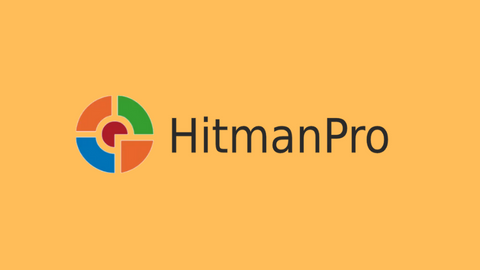
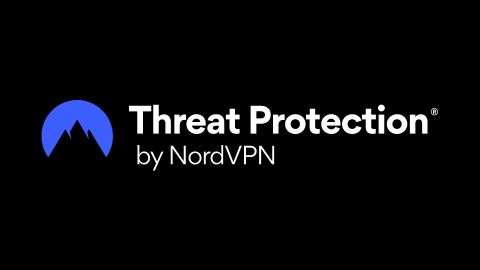
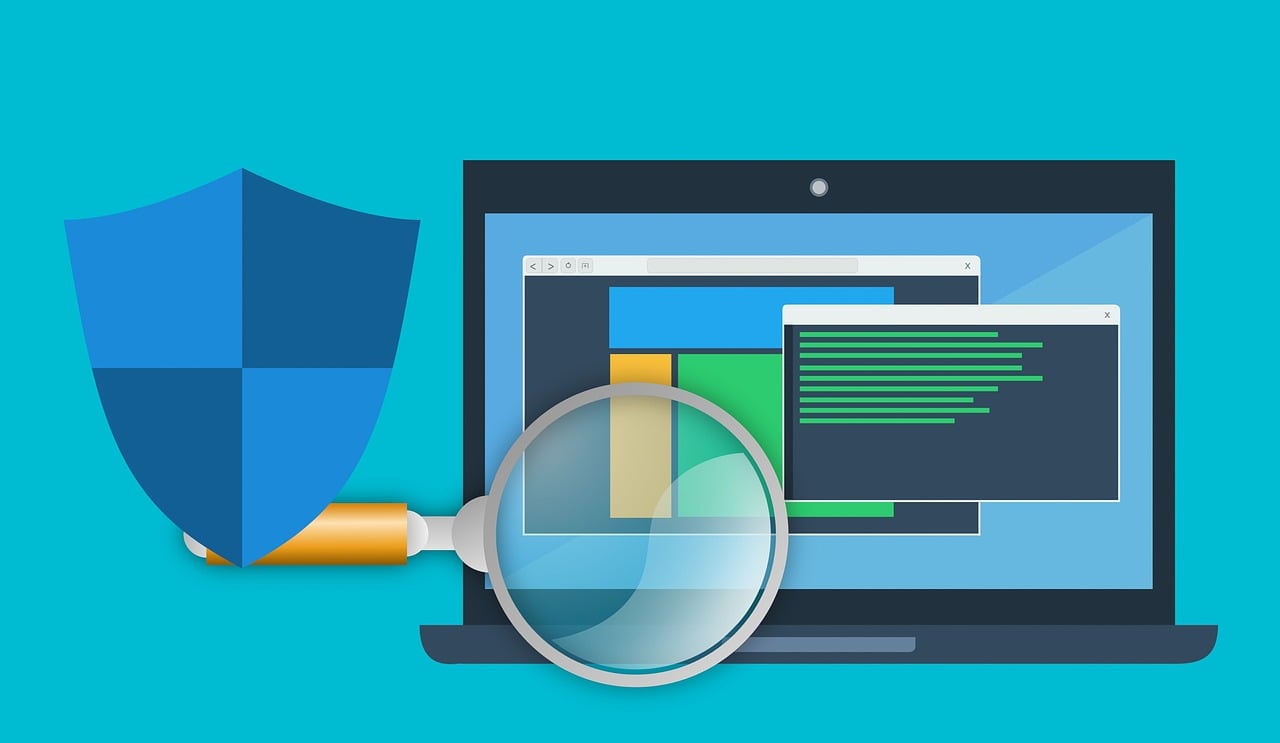
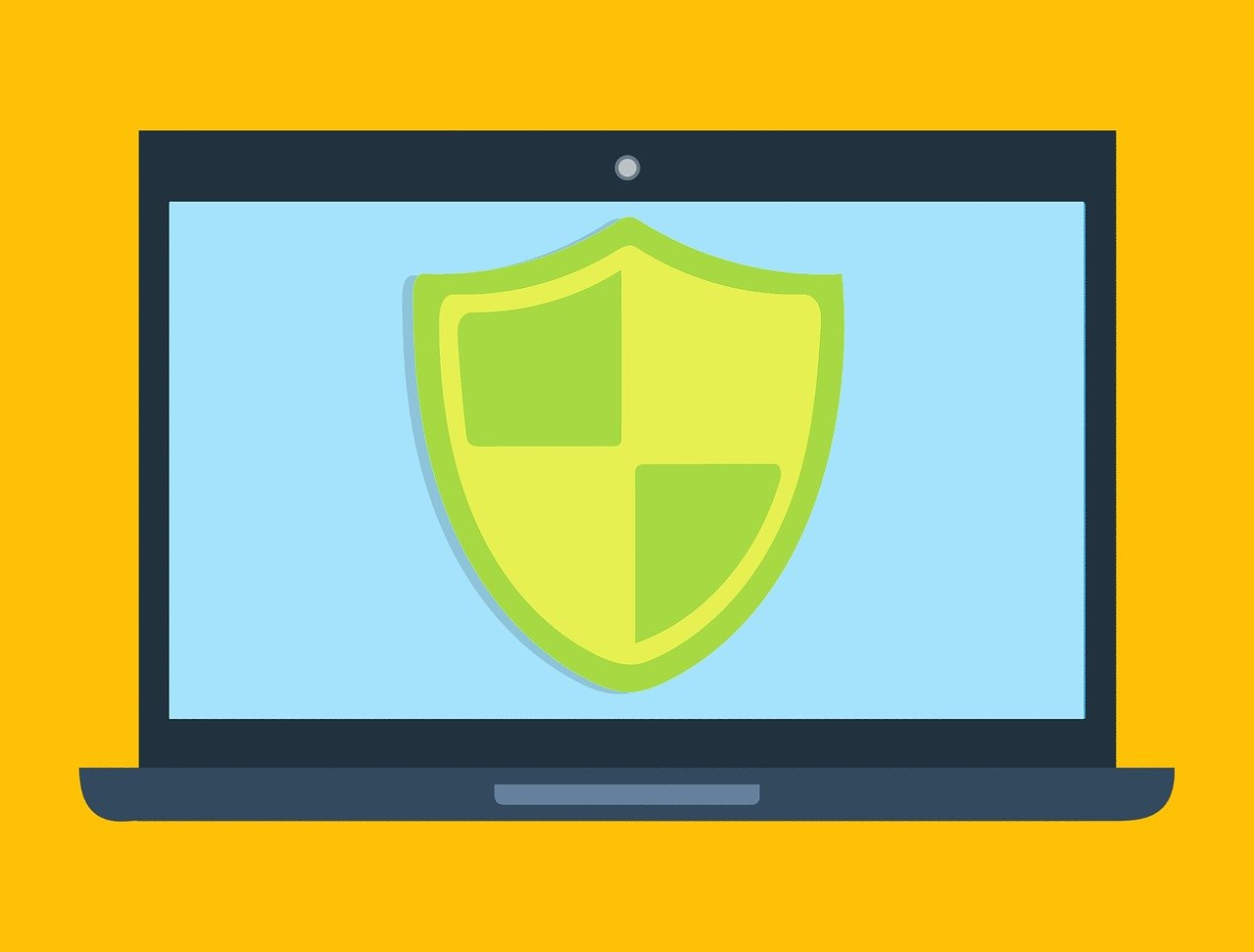
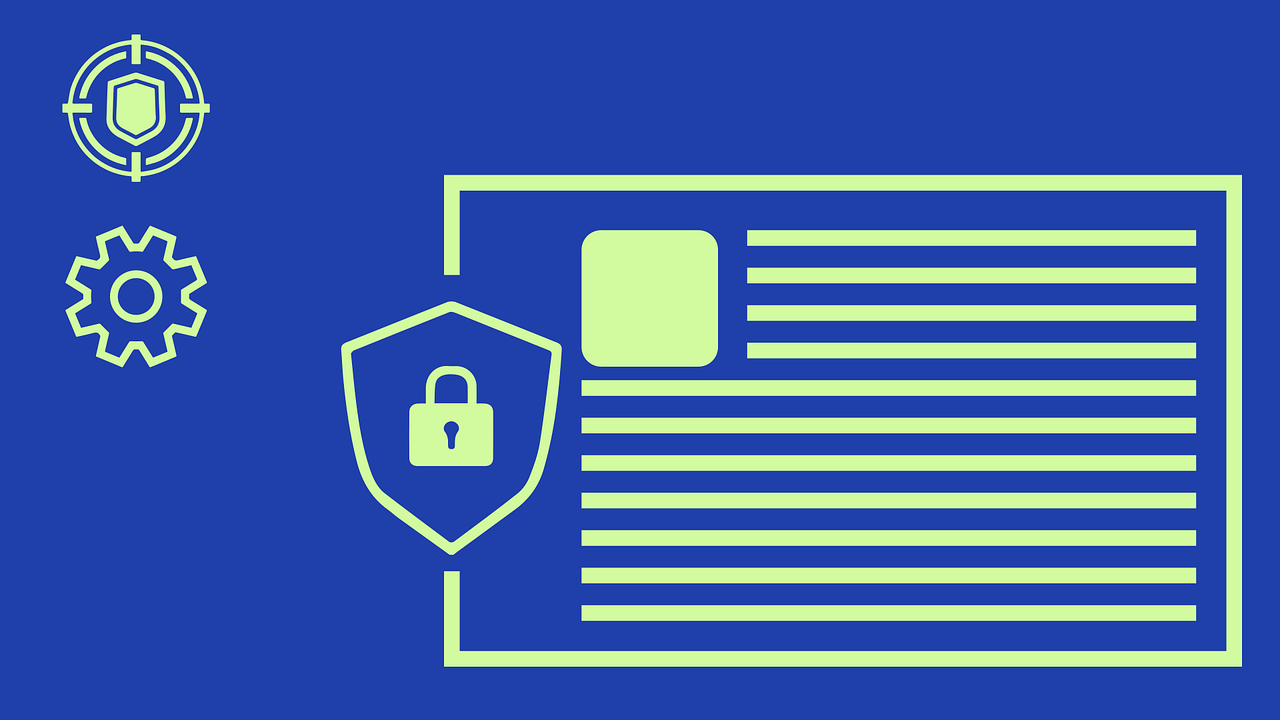
![GetMonero Site has been hacked by an unknown hacker [OLD NEWS] GetMonero Site has been hacked by an unknown hacker [OLD NEWS]](https://secureblitz.com/wp-content/uploads/2019/11/GetMonero-768x775.jpg)
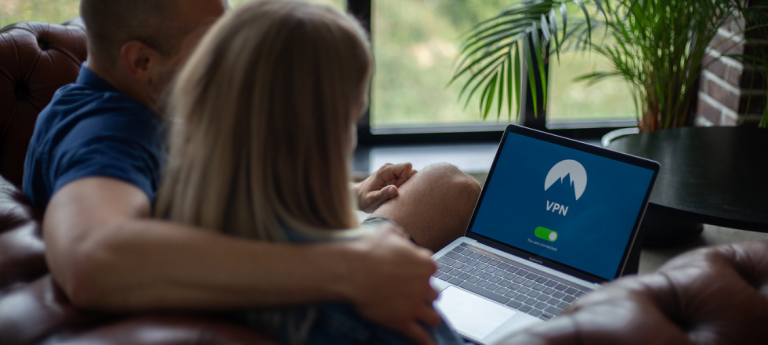


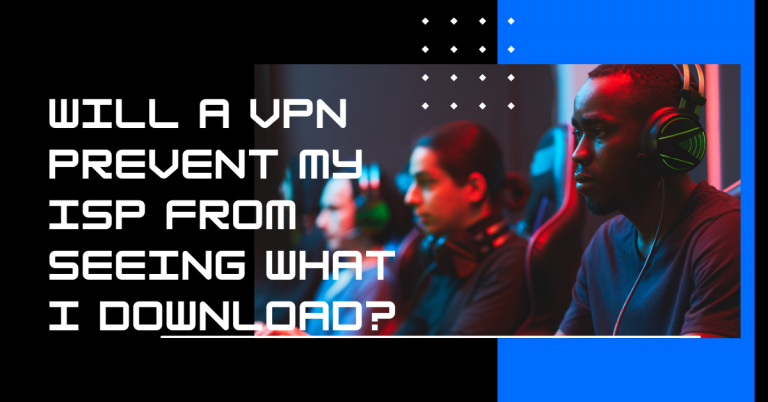
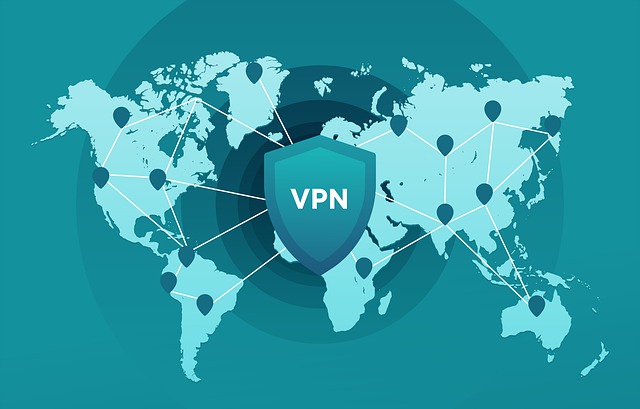
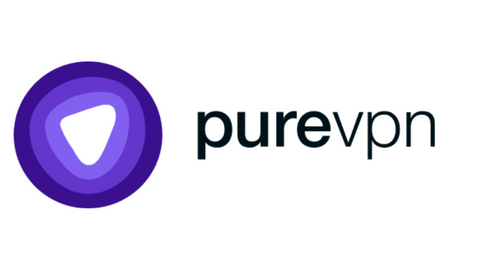
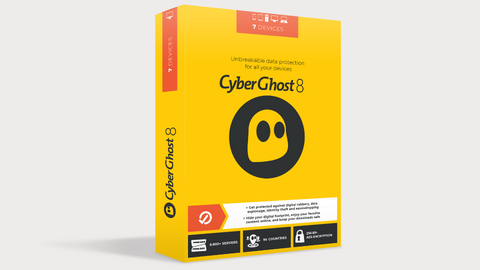

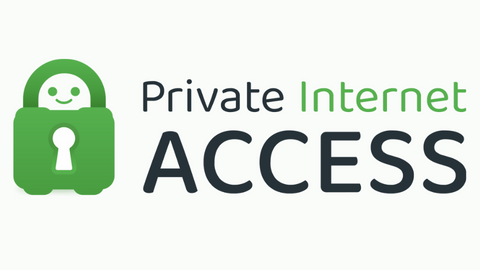
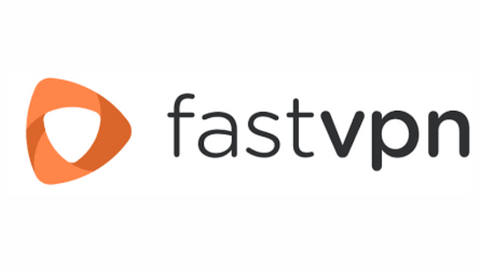
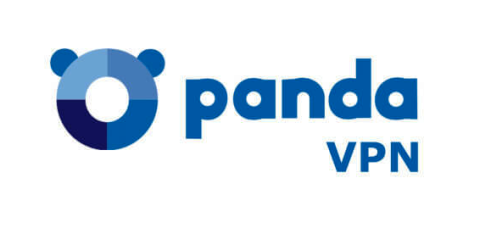
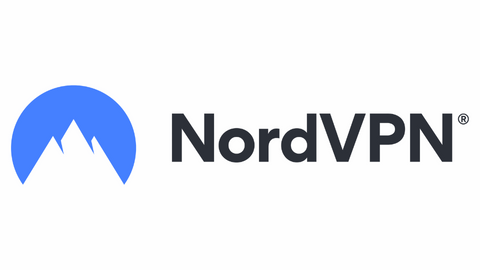
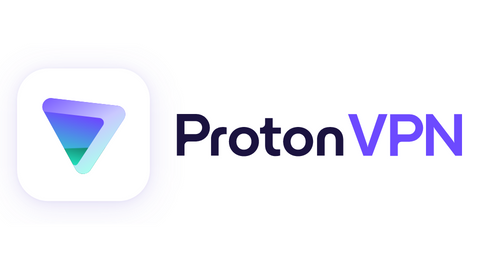

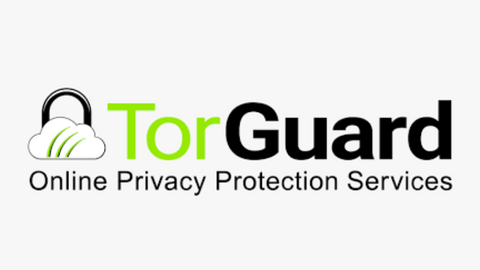
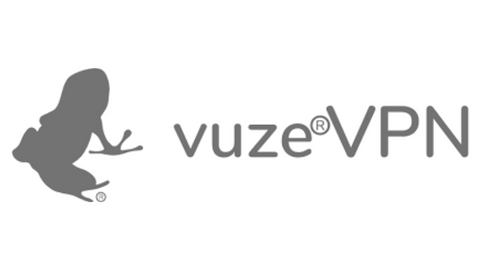
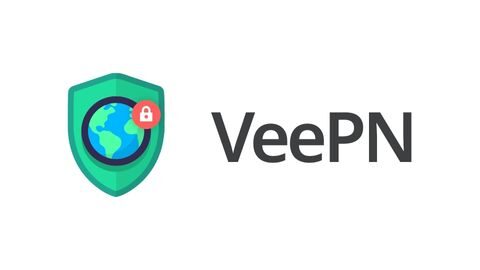

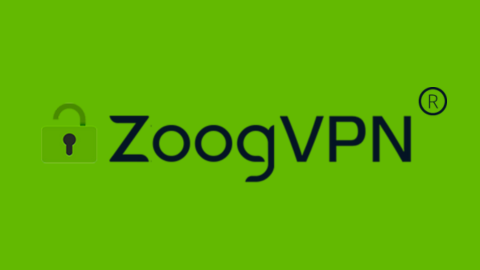




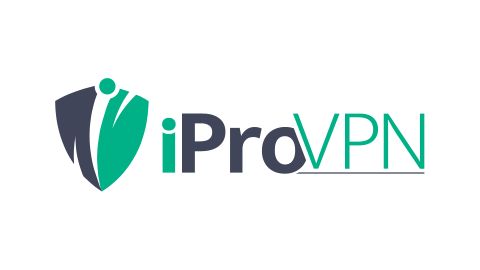
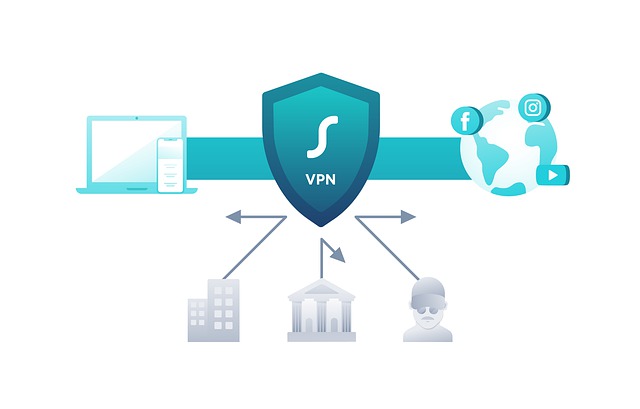
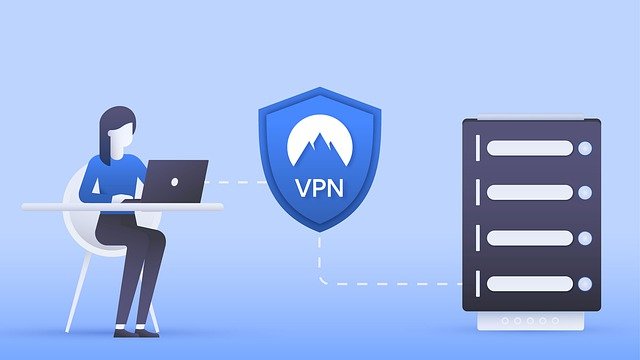
![Thousands of Hacked Disney+ Accounts now Sold Online [OLD NEWS] Thousands of Hacked Disney+ Accounts now Sold Online [OLD NEWS]](https://secureblitz.com/wp-content/uploads/2019/11/hacked-disney-accounts-sold-online-768x497.jpg)
![Evolving VPN giant: CyberGhost Acquired PIA [2019] Evolving VPN giant: CyberGhost Acquired PIA [2019]](https://secureblitz.com/wp-content/uploads/2019/11/cyberghost-acquire-pia-768x512.jpg)
